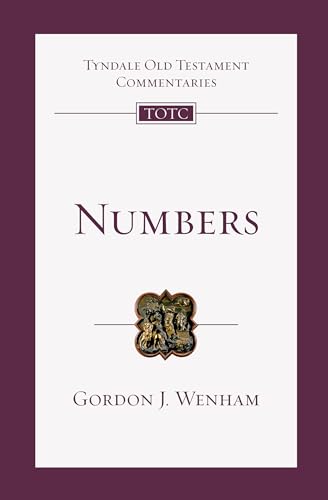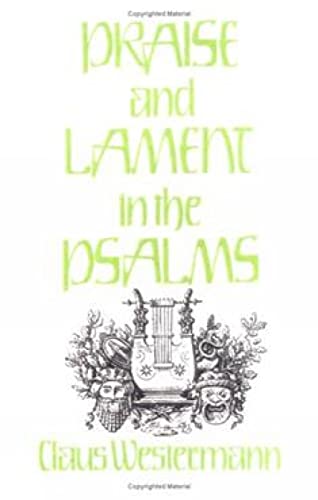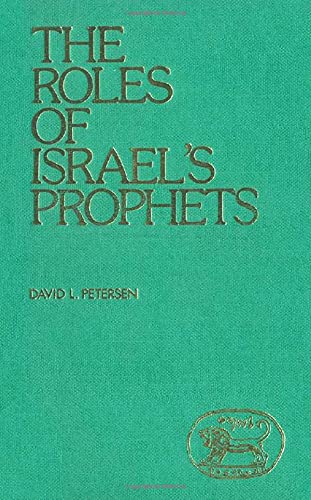The Trustworthiness of the Gospels
Written by Hugo Staudinger Reviewed By Colin J. HemerThe gospels are a legitimate field of study for historians and theologians alike, but their approaches often differ radically. The comparison of reviews of the same books in journals of ancient history and of theology, for instance, may suggest that there is alarmingly little continuity or communication between disciplines. The focus of interest today is upon the gospels as theological documents, but scholars all insist they are working with rigorous historical method. Sometimes, however, they have differing conceptions of what that involves.
Professor Staudinger writes as a professional historian who has participated extensively in discussion between historians and theologians, and now offers in English the fruits of reflections which have aroused much popular interest in Germany. His book is interesting and significant as the reflective statement of a position. He has made a number of salutary points which ought to be obvious, but are not, and need saying, and we are indebted to him for his contribution. But this is not a book of technical weight. The title and the chapter headings aspire to themes which are not treated in depth (and could hardly be) in so short a space and so diffuse a style. The author discusses successively the dating of the New Testament documents, the gospels as historical sources, the virgin birth, the miracles and the resurrection. He is forthright in his repudiation of some of the principles and methods which have issued in scepticism in these areas, choosing to refute the specific arguments of Bultmann and Marxsen. This does not mean that he accepts the gospel narratives undiscriminatingly. He argues rather that they are sources open to critical investigation by the methods he would use on other documents, and that such investigation will yield positive results. The case is argued selectively and episodically, with examples’, but it is not a systematic treatment. It must be judged within appropriate limits.
It must be remembered that the book is originally addressed to the German scene. It argues from within a tradition established by the German Enlightenment (Aufklärung), and its plea for a critical openness to the possibility of miracle is more radical there than here. It disengages in large measure from the progressive accumulation of sacrosanct presuppositions which often strikes the more pragmatic Briton as underlying the impressive German thoroughness. We are more comfortable here with the historian’s inductive approach. I should like to hope that Professor Staudinger will gain a sympathetic hearing for his English venture. Yet its adaptation to a British audience is less than assured. It mingles a popular touch with the citation of Greek, occasionally without translation. Its direct usefulness to the student is limited by its deliberate eschewing of much reference to secondary literature, apart from the token repudiation of Bultmann and Marxsen. That which is cited is almost exclusively German: the English reader would have been helped by footnote reference to the English versions not only of the main protagonists but of Boman, Gadamer and others, not to mention the English originals of works cited and retranslated from German translations (pp. 15, 16). The style often remains very Germanic, and is not helped by some bizarre recurring words like ‘exegetist’ and ‘interpretament’ (e.g. p. 100) and peculiar transcriptions of some biblical and theological terms. There is also on occasion a tone which seems unduly polemical or dogmatic for British taste.
The treatment of the dates of New Testament books is slight, if suggestive. I agree that Luke-Acts is the real key, but the arguments presented for their early date are thin, leaning much on the argument from silence. Sometimes he assumes prevalent views, as on Marcan priority, but elsewhere takes a sharply independent line. He argues from a strange position which appears to relate the Gospel of Thomas to Q among the source strands of the canonical Synoptics (though I suspect some misconception in the translation may underlie the unclear passages involved, pp. 5, 12). And the undocumented allusion to the ‘decipherings of papyri’ (p. 6: evidently O’Callaghan’s 7Q fragments) should be dropped: these pieces are too tiny to permit unambiguous identification. Staudinger cites with approval Thorleif Boman’s contention that orally transmitted material tends to form a connected story from an early stage, as against the ‘string of pearls’ view of the form critics. This whole chapter is interesting, but not wholly satisfying. And we should be cautious in categorizing the ‘unthinkable’, especially in the face of what some actually think.
The chapter on the gospels as sources contains many salutary points. The historian does not necessarily discount the historicity of accounts which differ in detail or are motivated by propaganda or interpret in the light of hindsight. Marxsen’s insistence that the Bible is not a ‘history textbook’ poses an artificial dilemma, which makes unreal demands of the nature of historical evidence.
The discussion of the virgin birth emphasizes that the historian can say something as a historian. Converging lines of evidence corroborate at least the proposition that Jesus was the son of Mary but not of Joseph, and that the gospel passages have no convincing parallels in the world of Hellenistic myth. This raises the underlying problem of miracle. The historian deals in unique events, and must on occasion come to terms with accounts of abnormal phenomena in his sources. There is no necessary objection to the proposition that God’s activity in his world may involve capabilities larger than are seen in normal events.
Staudinger argues that the crucifixion ends the fixed primitive form of the passion narrative, building to a climax to which various independent traditions of the resurrection appearances were then appended, and these give scope to historical criticism. He then defends the tradition of the empty tomb, and also raises the matter of the Nazareth decree (whose relevance he doubts) and the Turin shroud (to which he inclines more favourably). The two latter are worthy of sympathetic assessment in their place, but here they should rate only a cautionary footnote, not to build on suspect evidence. The empty tomb is a stronger base: it is implicit in the earliest Christian preaching, and it is common ground, unchallenged in early Christian-Jewish controversy. He is right to insist that critical thought existed before the Enlightenment (contra Marxsen, pp. 97f.), and that the historical question is inescapably significant for theology (pp. 104–106).
It would be helpful to explore Enlightenment thought in historical perspective, where progressive presuppositions have been built into a continuing structure. Thus the concept of the ‘historical Jesus’ in Germany is of a necessarily non-supernatural Jesus, where Schweitzer’s usage, for instance, jars on the English reader, for whom the very word has a different connotation.
Altogether, this book gives much food for thought and discussion. There are blemishes in detail which could give too many hostages to an unkind critic, but doubts over weak places and unequal arguments should not obscure the significance of this forthright and provocative study.
Colin J. Hemer







